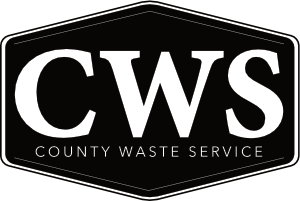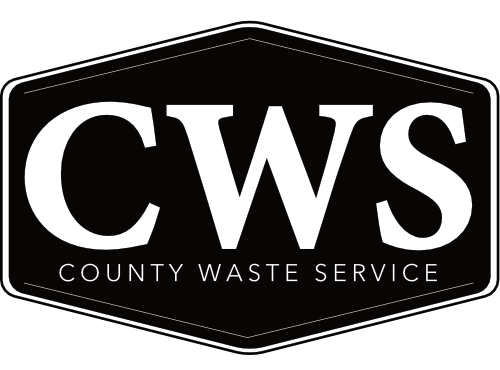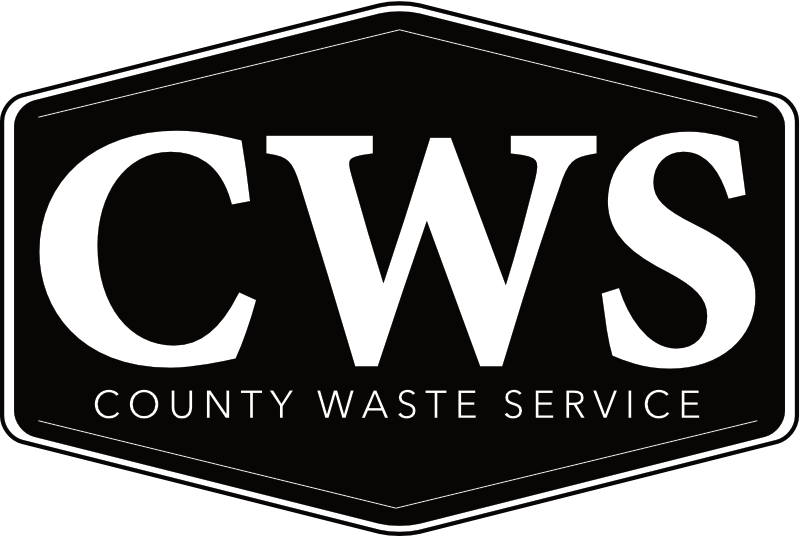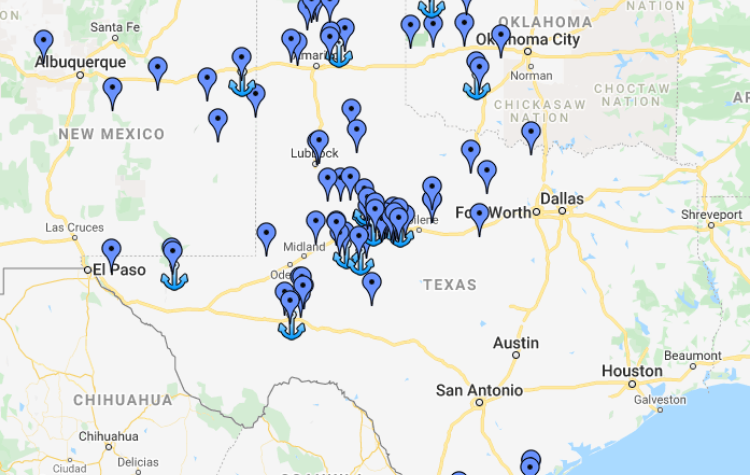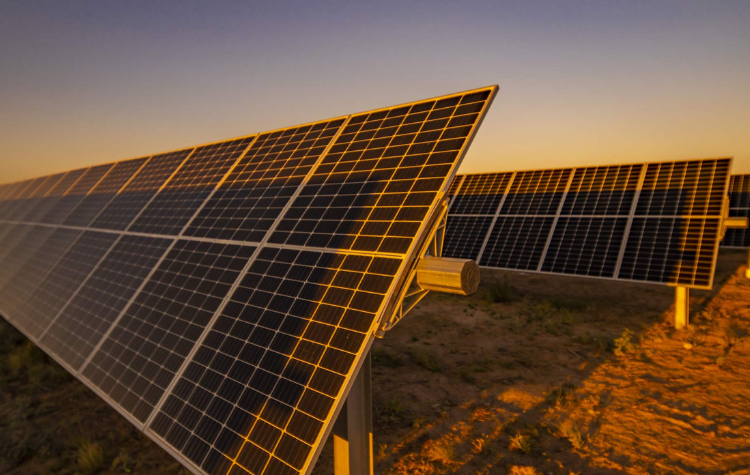Environmental waste is the subject here, but let’s step back and take a broader approach to this topic. Let’s look at energy in general and West Texas in general.
As a business that specializes in waste removal, County Waste Service might not seem like the kind of company that would take special pleasure just from being situated in proximity to numerous energy-focused companies. And make no mistake, West Texas is loaded with energy of all kinds: resource-based as well as renewable. We have oil and gas, wind, and solar in vast supply. Here’s what County Waste Service likes about it: we have departments that service these kinds of industries.
Our Environmental Waste department handles cleanups on oil and gas locations. CWS’s industrial waste team trucks off packing waste and other refuse from solar farms, wind farms, and other industry sites. Our universal waste and special waste teams catch much of the in-between assignments. Overall, the energy sector is a beneficiary of much of what CWS does. We like energy and energy likes us.
Not everyone realizes just how much energy West Texas produces. Even West Texans themselves are not always fully cognizant of our region’s energy richness. West Texas fills the energy demands not just of West Texas but of much of the nation.
Texas is Unique
Texas is the largest oil and gas producer among U.S. states. It is also the top wind energy producing state. And it is among the top solar energy producing states in the nation.
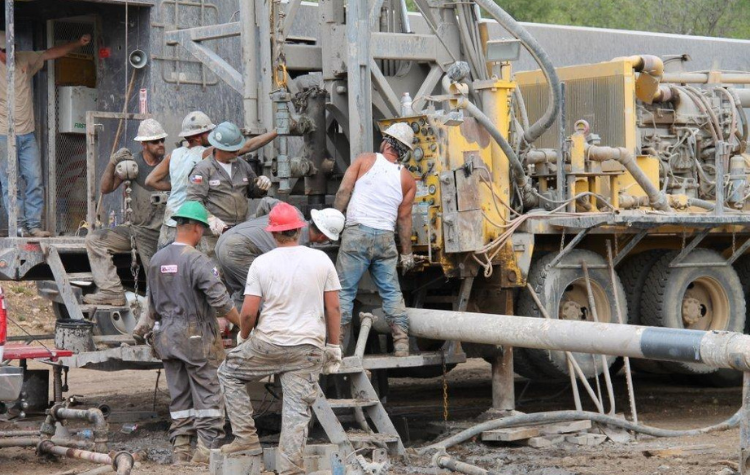 A 2019 article on Vox.com revealed how special West Texas is, where energy is concerned.
A 2019 article on Vox.com revealed how special West Texas is, where energy is concerned.
In that article, author Umair Irfan discussed the energy trifecta that this region possesses.
“Texas is a pretty unique case in the United States,” Irfan wrote. “Some of the best sites for wind turbines—with the most consistent and highest speeds—are in the western part of the state. The massive, power-hungry cities like Houston and Dallas are in the east. So the state needed a way to shuffle electrons from where they’re cheapest and most abundant to where they’re wanted… It led to the construction of more than 2,300 miles of transmission lines at a cost of nearly $7 billion. This buildout helped make Texas the king of wind in the United States.”
That buildout established the economics of the massive wind farms in our part of the state. Likewise, it (later) underpinned the feasibility of the more-recent buildout of solar farms. And all this infrastructure now solidifies our position as an energy stronghold.
The major projects keep arriving or expanding and that’s good for local employment and local economies. It’s good for County Waste Service, too. It gives us a broad array of commercial clients to help us refine, rehearse, and diversify our skill sets. It’s good for our residential customers as well. They find in us a waste management company that is truly versatile, strong, and capable.
Our Oil and Gas Energy Neighbors
In recognition of the wealth of energy-producers in our area, we share here some callouts of a few “sample” companies. These are important local players from each of the three main energy segments: oil/gas, wind, and solar. These companies are chosen simply to be representative of what’s out there. Not all of these customers are customers of ours. Maybe some day, all will be. 🙂 We can hope!
O&G and Environmental Waste
Oil and gas came first to our region, being established here in the early 1920s with the drilling of the discovery well Santa Rita No. 1. Santa Rita was a gusher that touched off the development of the Permian Basin. This oil basin is currently the biggest-producing oil play in the United States.
Abilene and the surrounding Big Country has itself been an important producer of oil and gas. That trend began in the early 20th century and lasts through the present (and beyond).
All industries, if they are large enough, produce environmental waste, and the oil and gas industry is no exception. The O&G field has made great strides toward lowering its environmental waste footprint. One way it has done so is by contracting with companies such as our own. The environmental waste management field has grown by leaps and bounds in the past decade. The growth of the environmental waste sector itself is one reason why O&G has become so much greener and cleaner in our lifetimes.
County Waste Service cleans up oil spills and remediates other environmental waste situations at oil and gas locations across our service area and beyond.
The Big Country is not as hydrocarbon-rich as the Permian Basin just west of us. But Abilene and the Big Country are nonetheless more blessed with O&G activity than many realize.
Two O&G companies—out of dozens—who are headquartered in Abilene are Byrd Oilfield Services, LLC, and Bluff Creek Petroleum, LLC.
Byrd Oilfield Services
Oilfield service companies are the do-everythings of the oilfield industry. While they typically do not lease acreages and produce oil, per se, an oilfield service company does virtually everything else. They contract their services to the oil companies who control the acreages. Service companies earn their income through fees, not through the sale of oil.
Byrd Oilfield Services is led by a team of industry professionals who possess more than 35 years of experience in providing oilfield services to exploration companies. Byrd’s service companies cover a vast market area, with locations throughout Texas, Oklahoma, and New Mexico. They perform contract case running, conductor running, laydown, catwalk, torque turn, and many other tasks. Byrd’s most recent new chapter began in January 2020, with the expansion of Byrd Completion Services, extending their capabilities to wireline, braided line, and pressure control work.
Bluff Creek Petroleum
Bluff Creek dedicates itself to managing crude oil drilling programs in the state of Texas. From their Abilene base, Bluff Creek drills wells that range in depths from 2,000 to 3,000 feet.
Bluff Creek’s drilling activities are on well-prospected leases. These acreages have been surveyed with seismic technology and other types of geophysical surveys.
One of Bluff Creek’s assets is the fact it owns a majority of the equipment necessary for oil and gas exploration. That starts with the equipment needed for excavation and site prep. Some drilling locations and surface equipment locations lie in rough and faulted terrain.
Wind Farms
The accompanying map shows that Abilene and vicinity has the heaviest concentration of wind farms in Texas.
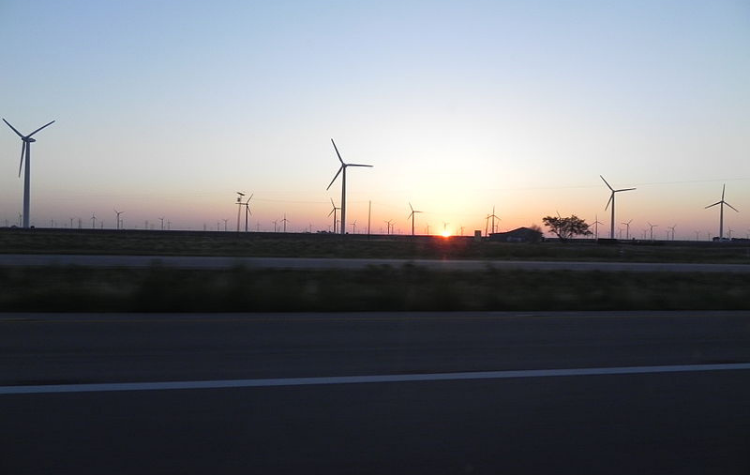 The Roscoe Wind Farm Project, about 45 miles southwest, is the largest onshore wind farm in the world. But for our purposes we focus on two wind farms that are closer to our community.
The Roscoe Wind Farm Project, about 45 miles southwest, is the largest onshore wind farm in the world. But for our purposes we focus on two wind farms that are closer to our community.
Lone Star Wind Farm, is located in Shackelford and Callahan Counties, approximately 15 miles northeast of downtown Abilene. The facility has an installed capacity of 400 megawatts—enough to power approximately 86,000 average Texas homes.
Lone Star Wind Farm yields significant economic benefits to the community. These come in the form of payments to landowners, local spending, and annual community investment.
Lone Star represents a capital investment of approximately $880 million. They disbursed $34.2 million in cumulative payments to local governments through 2019. The project created 594 full-time-equivalent jobs during construction as well as 47 permanent jobs. Through 2019, the project spent approximately $62 million within 50 miles of the wind farm.
Buffalo Gap Wind Farm
If you are in Abilene and you look to the southwest, you’ll see hills known as the Callahan Divide. The faraway wind turbines there belong to the Buffalo Gap Wind Farm. That development includes, in all, some 296 wind turbines.
The Buffalo Gap Wind Farm sprawls across parts of Nolan and Taylor Counties. It went up in three phases and puts out a total wind generation of 523 megawatts.
SeaWest WindPower developed the project. AES Wind Generation owns it.
Wind and Solar and Environmental Waste
Oil isn’t the only energy source that generates environmental waste. Any large-scale industry produces environmental waste in some form or fashion. Wind turbines churn atop behemoth structures that have internal mechanics and moving parts. Solar farms sprawl for hundreds if not thousands of acres. They involve an array of hardware that seems to roll on forever. Both wind and solar have work-intensive construction phases. And even after construction, maintenance in either industry is extensive and ongoing. We think of wind and solar as being “clean” industries – and they are. But any industry that has as much infrastructure as these do cannot help but generate some degree of waste.
Solar Energy
Intensive development of solar power facilities is a relatively late-arriving factor, where the local energy scene is concerned. But solar is here in a big way. And solar might even have more and bigger long-term implications than wind power has.
The closest (to us) large solar project is that of one of our own customers, Holstein Solar Project. Duke Energy Renewables owns this solar farm. Blattner Energy designed it. Blattner also procured the farm’s inverters, balanced its plant systems, and handled the construction, which was sizable.
The 200-megawatt project lies at 100 West 277 Highway, in the vicinity of Wingate, Texas, west of Abilene. The project, which powers the equivalent of 40,000 homes, eventually will contain more than 709,000 solar panels across approximately 1,300 acres.
Lastly, we share the basics on the Roadrunner Solar Project, the largest operational solar project in Texas.
Located in Upton County in West Texas, near the town of McCamey, the Roadrunner Solar Project went up in record time. Featuring 1.2 million double-faced solar panels, Roadrunner generates a total capacity of 497 megawatts. The plant created hundreds of local jobs, becoming a symbol and role model of innovation and sustainability.
Roadrunner can generate 1.2 TWh annually while avoiding the emission of more than 800,000 tons of CO2 per year.
Construction began in February 2019. The full project occupies approximately 2,770 acres.
In Good Company
We at CWS are pleased to be situated so near so much energy-intensive commerce. And we are proud to play our own modest role in helping those enterprises. Energy-rich West Texas delivers a better quality of life for all of us.
We’re proud, too, to be a player in the environmental waste industry in our part of the world. Call County Waste Services anytime to see what CWS can do to keep your own energy interests cleaner and greener.
